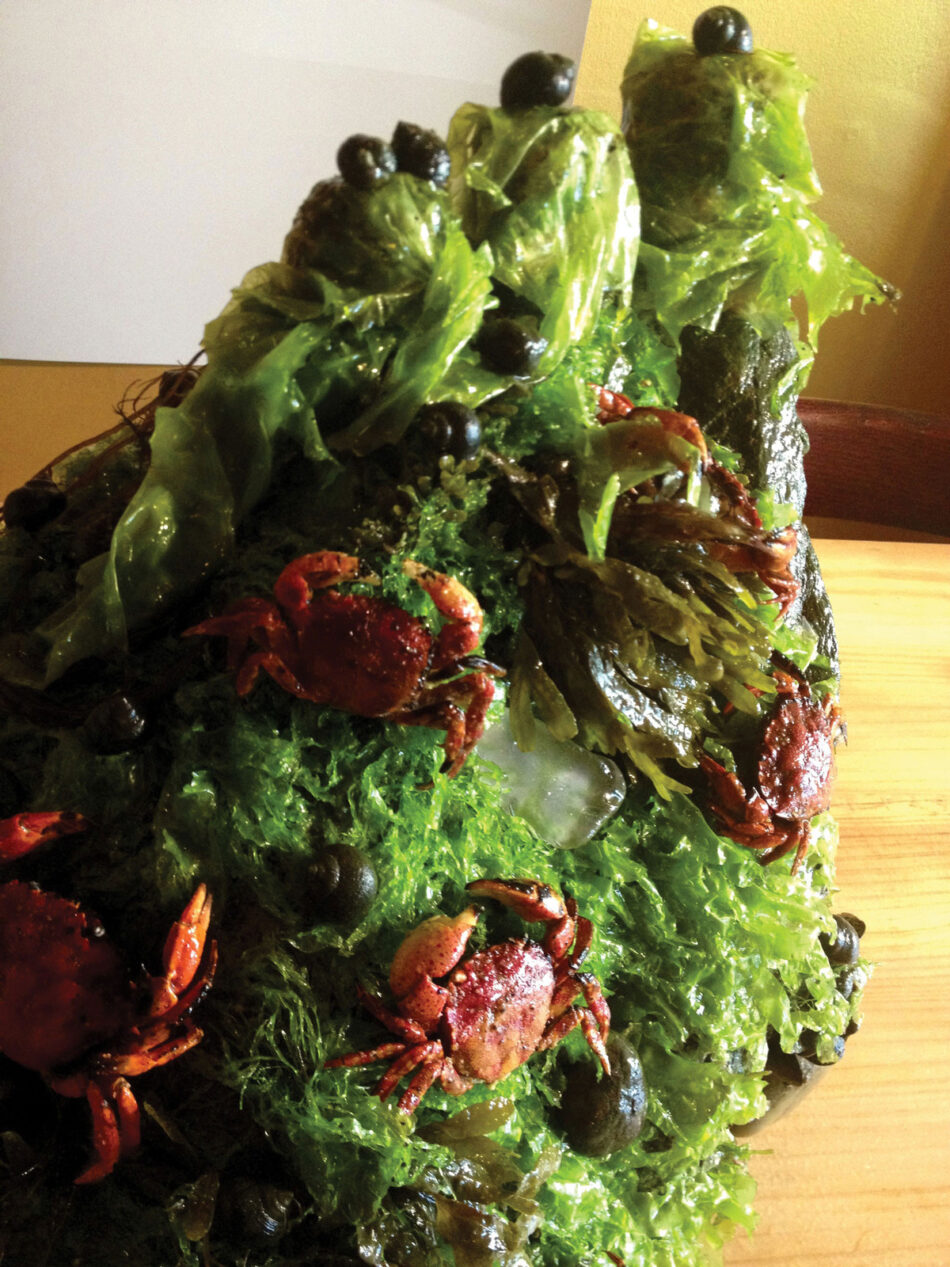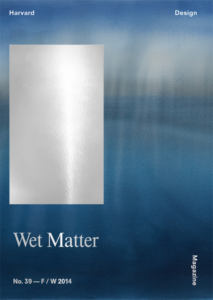Why Fight Them When We Can Eat Them?
Traditionally, sushi is a method of preparing fish based on what is regionally available and fresh. Until recently, it would have been inconceivable to use fish from anywhere beyond our backyards to make sushi. But refrigeration, the cold chain, and global transport have changed everything.
There are great benefits to using sustainably produced, fresh, local fish. When fish are imported from far away, many of those benefits are negated by the high economic and environmental costs of transportation. Bycatch, or the process of unintentionally catching fish and other marine life, is a global concern, contributing to declining fisheries and increased mortality rates. It is often through bycatch that invasive species are discovered; these species prey on the native population upon which local industries and local ecosystems depend. Our greatest challenge today is to avoid importation by transforming locally available ingredients into delicious, regionally specific cuisine. Invasive species like Russian zebra mussels, Asian carp, or African killer bees are part of that new cosmopolitan and culinary culture.
Myths and legends explain the introduction of invasives through accidental release, escape by neglect, inadvertent transport, or well-intentioned gifts. Killer bees are believed to have escaped from Brazil after being imported to increase honey production. Their migration led them through the rest of South America, through Central America, and as far north as Canada. The Russian zebra mussel, now pervasive throughout Europe and the United Kingdom, is rumored to have been transported to North America in the late 1980s through the ballast water of ships traveling through the St. Lawrence Seaway, linking the Atlantic Ocean to the Great Lakes. They are the probable source of avian botulism that has subsequently poisoned tens of thousands of birds in the Great Lakes region. The water hyacinth is alleged to have been brought by the Japanese to North America as a gift to visitors of the World Cotton Centennial in 1884, but almost immediately began disrupting lakes, rivers, and ponds. Its presence inspired the Hippo Bill of 1910, which called for the importation of hippos from Africa to control the hyacinth’s invasion and as an alternative meat market in America; it lost by a single vote.

As a chef and impassioned fisher, I see invasive species like us, as migrants. My view is an unclassical one. Wherever they come from, they are a vast untapped resource for food with an underdeveloped market. Just because there isn’t an existing economy for these species doesn’t mean they can’t be delicious. A taste for exotics has the potential to curb the dominance of invasive species in our ecosystem. It provides the seafood industry with a greater supply of native seafood and reduces the stresses on populations already being fished.
Contrarian thinker and designer Buckminster Fuller once recommended that we should “dare to be naive.” I believe that this is the only way to truly accept new ways of doing things, including eating. If “a man’s palate can, in time, become accustomed to anything,” as Napoleon once said, then we can also believe Pliny who claimed that “of the whole realm of Nature the sea is in many ways the most harmful to the stomach, with its great variety of dishes and tasty fish.”
As climates change and water levels fluctuate, we need to adjust our expectations for viable food sources. Invasive species may provide a way forward. Asian stalked tunicate, also known by its appetizing name, “sea squirt,” has taken over what used to be blue mussel habitat from Maine to New Jersey. Indigenous to the Philippines, the sea squirt is considered a fouling organism and a pest by the shellfishing industry. In Korea, however, it is consumed as a delicacy and thought of as an aphrodisiac. The first time I ate this fish, its scrotum-like squirts were arranged as if a sunflower in the middle of a bright orange plate. As I bit into a sack, it burst with salty, viscous, warm liquid. Though I couldn’t see the liquid, I could taste that its color was yellow like phlegm; it took all of my will power to keep it in my mouth and a bit more effort to swallow it.
What if we could learn to enjoy these predators, instead of spending millions of dollars fighting them? Approaching food without judgment, prejudice, or expectation is essential. They are gifts to humankind; our palate is simply underdeveloped.
The next time I tried sea squirt, I scraped one off of a pier and sliced open its tough outer membrane to reveal a soft, mango-like orange flesh. With barely a pause, I slurped it into my mouth. This time it was good.
Bun Lai is the James Beard Award-nominated chef of Miya’s Sushi, the first sustainable sushi restaurant in the world, founded in 1982 by his nutritionist/environmentalist mother in New Haven, Connecticut. Currently, he is living in a chikee while learning traditional fishing, hunting, and ethnobotany from members of the Miccosukee tribe of the Everglades.
